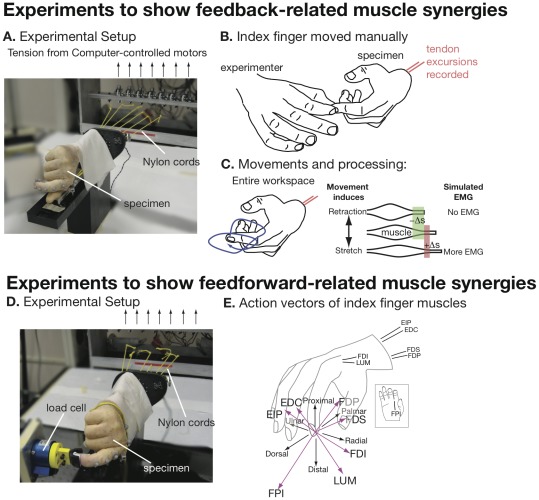Figure 2. Experimental setup to demonstrate movement- and feedforward-related muscle synergies.
A. To demonstrate feedback-related muscle synergies, we connected all seven index finger tendons in a cadaver specimen via Nylon cords to computer-controlled rotational motors, and left the index finger free. B. The experimenter forced the index finger to move while 5 N of tension was maintained on each tendon by a feedback controller. We simultaneously recorded the tendon excursions induced by each movement. C. We generated two-dimensional (entire workspace) movements by moving the finger randomly in its workspace around a starting posture. D. To demonstrate feedforward-related muscle synergies, we used the same setup as above, but rigidly coupled the fingertip to a 6-DOF load cell. We applied a sequence of muscle coordination patterns (see text) to determine the feasible forces that the finger could generate using its musculature. E. We performed linear regression on the fingertip load cell readings using the tendon tensions as factors, thus identifying the force vector in endpoint space caused by 1 N of tension in each tendon.

